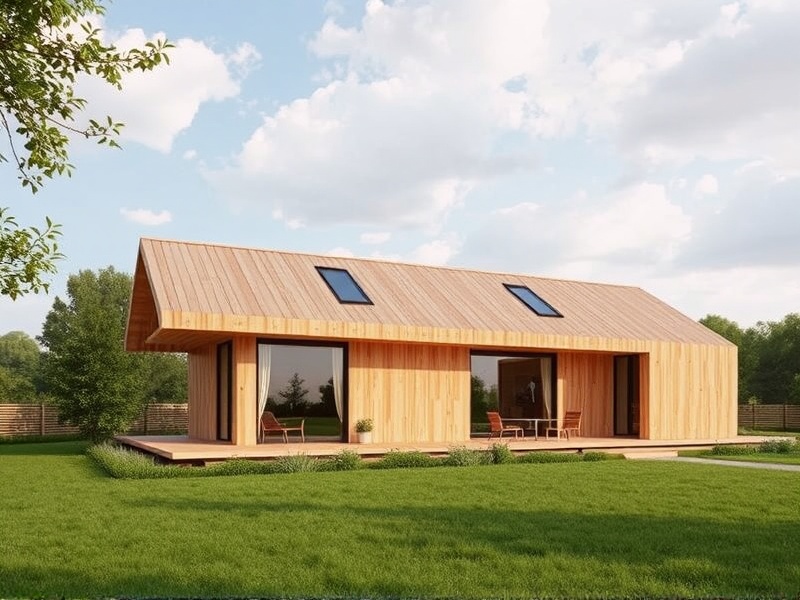Our Location
304 North Cardinal St.
Dorchester Center, MA 02124
Discover how WPC is leading the way in sustainable housing solutions, offering a greener alternative to traditional building materials.

Sustainable housing is becoming increasingly important as we face the challenges of climate change and environmental degradation. One promising solution that has emerged in recent years is the use of Wood Plastic Composite (WPC) in construction. WPC houses, made from a mixture of wood fibers and thermoplastics, offer an innovative approach to building that reduces environmental impact while supporting sustainable development goals.
When compared to traditional building materials such as concrete and steel, WPC offers significant environmental benefits. The production process for WPC uses less energy and produces fewer greenhouse gases than the manufacturing processes for these conventional materials. Moreover, WPC can be made from recycled plastics and wood waste, reducing the demand for virgin resources and diverting waste from landfills. Studies have shown that the lifecycle assessment of WPC structures can result in lower carbon footprints when compared to traditional building materials (source).
One of the key ways WPC contributes to reducing carbon footprint is through its durability and resistance to moisture, pests, and rot. This means that WPC structures require less maintenance over their lifespan, reducing the need for frequent replacements and repairs. Additionally, because WPC can be easily recycled at the end of its life, it provides a more circular approach to construction. This closed-loop system helps to minimize waste and further reduce the overall environmental impact of housing construction (source).
WPC houses align with several United Nations Sustainable Development Goals (SDGs), including Goal 11 on sustainable cities and communities, and Goal 12 on responsible consumption and production. By promoting the use of sustainable materials and reducing waste, WPC construction supports the creation of more resilient and resource-efficient urban environments. Furthermore, the ability to incorporate renewable energy systems into WPC structures makes them well-suited for achieving net-zero emissions targets, contributing to global efforts to combat climate change.
As we look towards a more sustainable future, WPC houses represent a viable and innovative solution for addressing the environmental impacts of traditional building practices. With their reduced carbon footprint and alignment with sustainable development goals, WPC houses are poised to play a crucial role in shaping the future of housing worldwide.
Lifecycle Assessment of Wood Plastic Composites
Sustainability Evaluation of Wood Plastic Composites in Construction